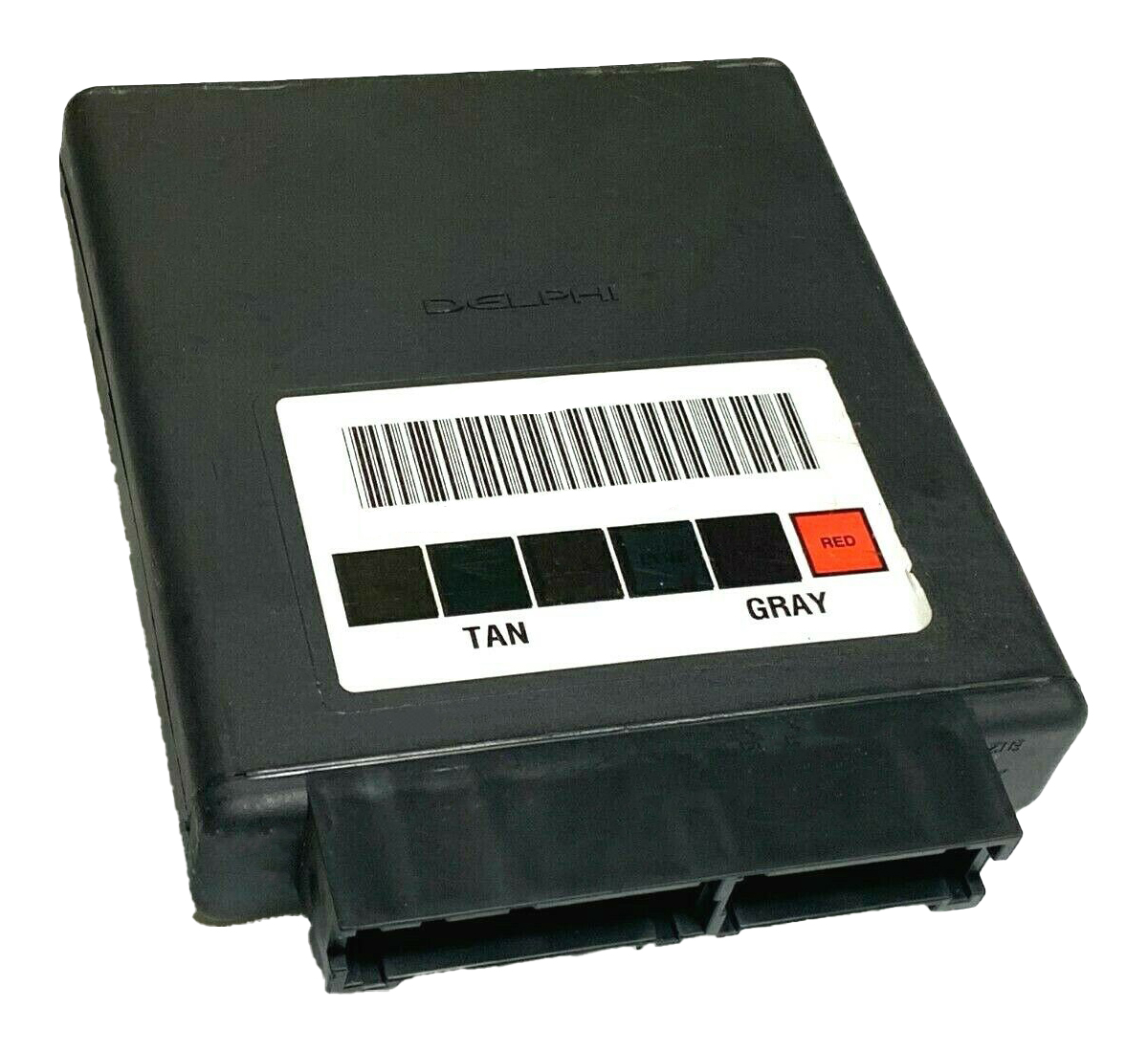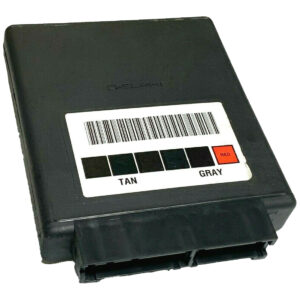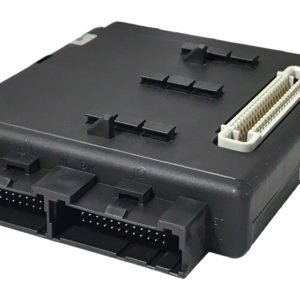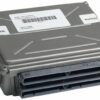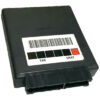Restore Your SUV’s Electrical System with a Plug-and-Play BCM
Are you dealing with baffling electrical issues in your GM SUV? One moment the power windows work, the next they don’t. Maybe your interior lights have a mind of their own, or your dash is lit up with random warnings. These frustrating and unpredictable problems often point to a single culprit: a failing Body Control Module (BCM). As the central command center for your vehicle’s comfort and convenience features, a faulty BCM can wreak havoc on your daily drive. This replacement BCM is the definitive solution, arriving pre-programmed to your vehicle’s specific VIN for a straightforward installation.
Common Signs of a Failing BCM
Over my 20+ years in diagnostics, I’ve seen how a bad BCM can mimic a dozen other problems. If your Trailblazer, Envoy, or Rainier is showing these signs, your BCM is the likely cause:
- ✔ Intermittent or total failure of power windows, door locks, or mirrors.
- ✔ Horn honking unexpectedly or not working at all.
- ✔ Erratic behavior from the instrument cluster gauges or warning lights.
- ✔ Interior or exterior lights staying on and draining the battery, or not turning on when needed.
- ✔ A no-start condition where the engine cranks but won’t fire up, often related to security system communication.
- ✔ Diagnostic Trouble Codes (DTCs) such as U-series communication codes (e.g., U0140) or B-series body codes.
A Technician’s Notebook
I remember a 2004 GMC Envoy that came into the shop with a truly bizarre complaint. The owner said that after she parked and locked the vehicle, the radio would sometimes stay on, draining the battery overnight. We checked for wiring shorts and tested the radio itself, but everything seemed fine. After connecting the scan tool, we noticed intermittent communication loss with the BCM. It wasn’t setting a hard code every time, but the data logs showed the dropouts. The failing BCM wasn’t properly sending the ‘power off’ signal to the radio. Installing a new, correctly programmed GM SUV BCM resolved the issue completely. It’s a classic example of how a BCM failure can cause symptoms that seem completely unrelated at first glance.
A Straightforward Guide to Installation
Replacing the BCM is a manageable job for a confident DIYer. This module is typically located on or near the interior fuse panel. We handle the programming, so you can focus on the physical swap.
- Safety First: Disconnect the negative terminal from your vehicle’s battery to prevent any electrical shorts.
- Locate the BCM: On most of these SUVs (like the Trailblazer and Envoy), the BCM is integrated with or mounted to the front interior fuse box, usually under the driver’s side of the dashboard or under the rear seat. For the Envoy XUV, check the rear floor panel.
- Disconnect and Remove: Carefully unplug all the electrical connectors from the old BCM. They have locking tabs that need to be depressed. Once disconnected, unbolt or unclip the module from its mounting location.
- Install the New Module: Mount your new, pre-programmed BCM in the exact same position. Securely plug in all the electrical connectors, ensuring each one clicks firmly into place.
- Reconnect and Test: Reconnect the negative battery terminal. Turn the key to the ‘On’ position and test all body functions—windows, locks, lights, wipers, and radio—to confirm proper operation.
Important Post-Installation Information
While we program the module to your VIN, your vehicle’s other systems may need to re-sync with the new BCM. This is a normal part of the process. Be aware of the following potential procedures:
- Airbag System Sync: If the airbag warning light is on after installation, a professional scan tool is needed to perform the “Setup SDM Primary Key in BCM” procedure. This syncs the new BCM with the airbag system.
- Brake Pedal Position Relearn: On some models, a brake pedal position sensor recalibration might be required to ensure your brake lights and traction control system function correctly.
Always consult a factory service manual or a qualified technician if you are unsure about any step.
Verified Vehicle Compatibility
This GM SUV BCM is a direct-fit replacement for the following vehicles and part numbers. Please match your part number (15065293, 15122670, 15114669, 15191621, or 9352135) or vehicle to ensure compatibility.
RAINIER 04-05 (Body Control, front, fuse box side, w/o security system)
Chevrolet:
TRAILBLAZER 02-05 (Body Control, front, fuse box side, w/o security system)
TRAILBLAZER EXT 02-05 (Body Control, front, fuse box side, w/o security system)
GMC:
ENVOY 02-05 (Body Control, front, fuse box side, w/o security system)
ENVOY XL 02-05 (Body Control, front, fuse box side, w/o security system)
ENVOY XUV 04-05 (Body Control, front, rear floor panel, w/o security system)
Isuzu:
ASCENDER 03-05 (Body Control, front, fuse box side, w/o security system)
Oldsmobile:
BRAVADA 02-04 (Body Control, front, fuse box side, w/o security system)
Saab:
9-7X 05 (Body Control, fuse box front)
Frequently Asked Questions
Do I need to send you my old BCM?
No, there is no core charge for this part. You can keep your original module, saving you the time and expense of a return shipment.
How do I provide my VIN for programming?
After you complete your purchase, simply send us a message with your vehicle’s 17-digit VIN. We will program the GM SUV BCM with the latest GM software matched to your vehicle before we ship it out.
Is this part difficult to install myself?
For someone with basic mechanical skills, the physical swap is straightforward. The main challenge with BCM replacement is typically the programming, which we handle for you. Please review the installation steps and post-install procedures to decide if it’s within your comfort level.
What tools are needed for the post-installation procedures?
The Airbag System Sync and Brake Pedal Position Relearn procedures require a professional-grade bidirectional scan tool. Many local repair shops can perform these services for you if needed.
Will this fix my specific electrical problem?
This module is the solution for a wide range of issues caused by a faulty BCM. We recommend comparing your vehicle’s symptoms to our list and, if possible, confirming the diagnosis with a qualified mechanic to ensure you’re ordering the correct part for your repair.
